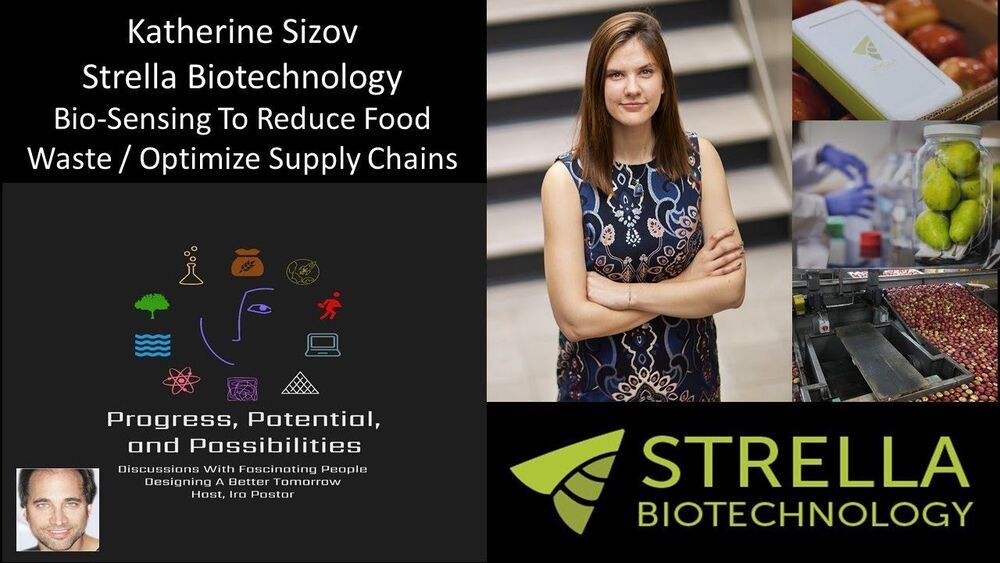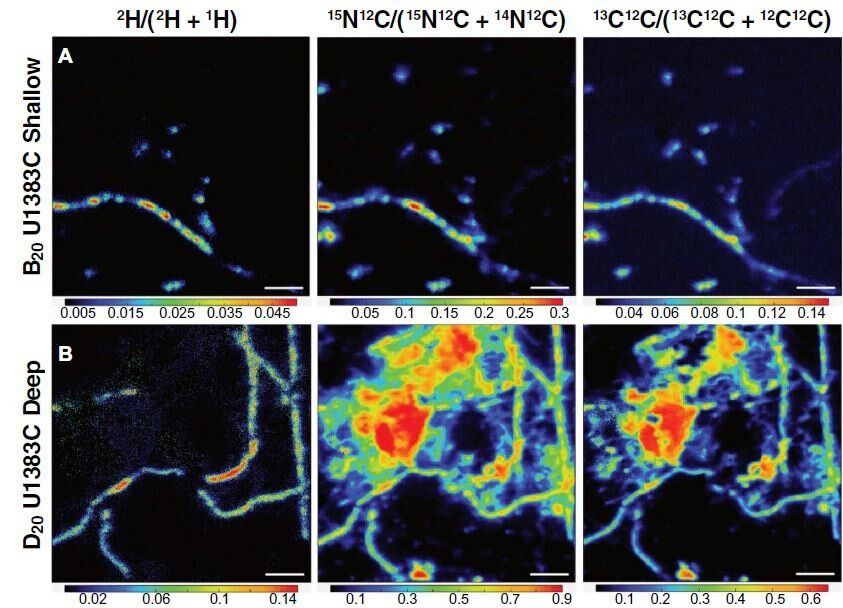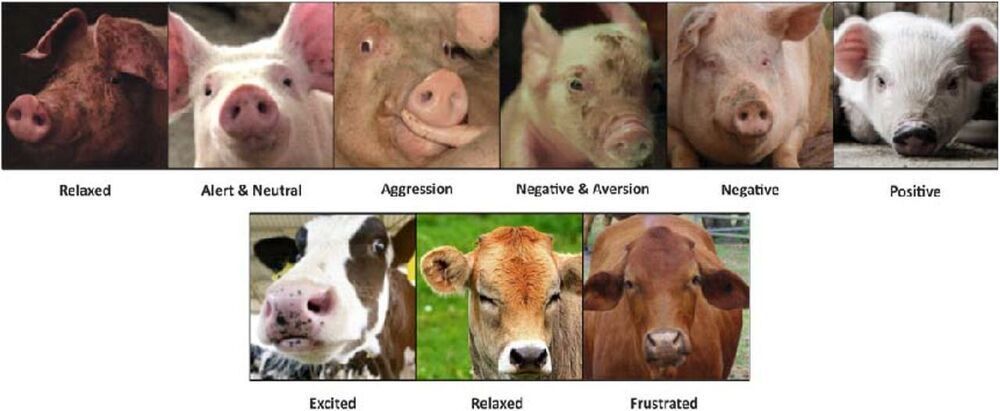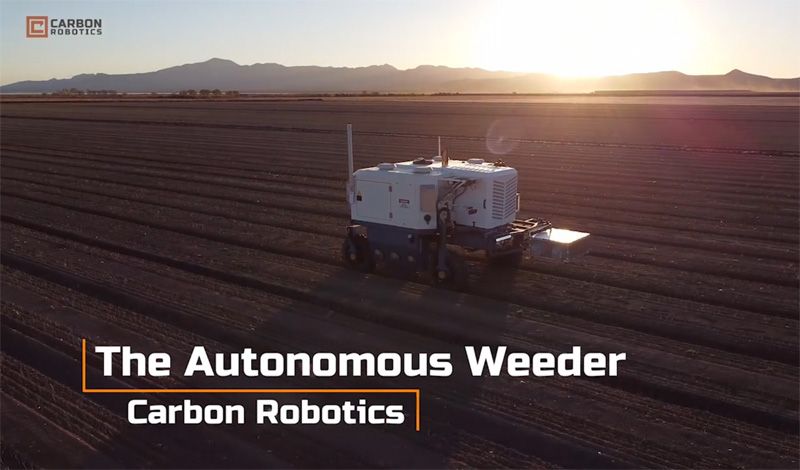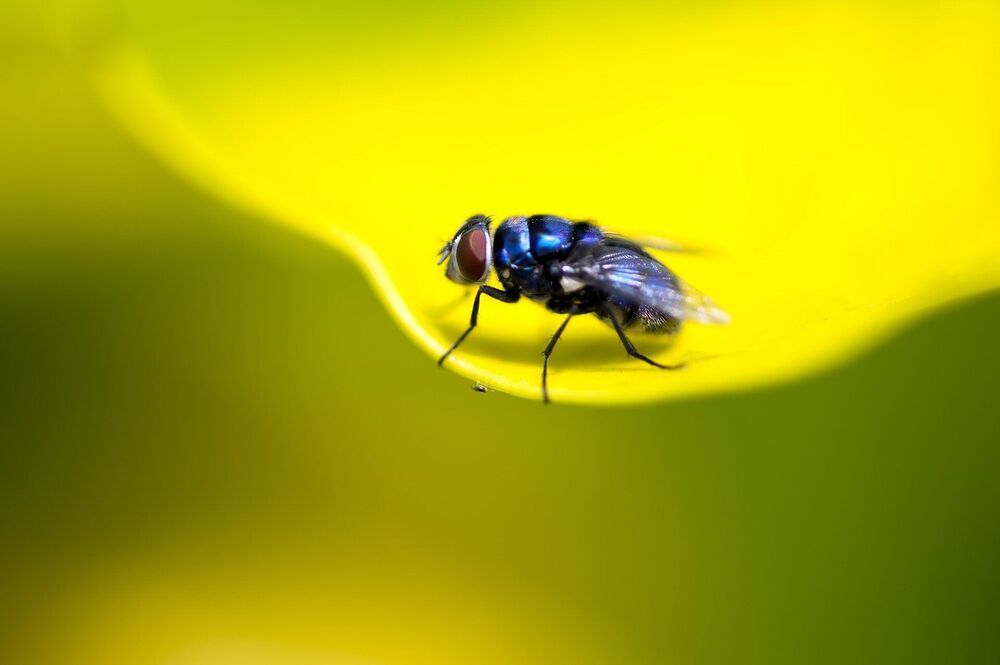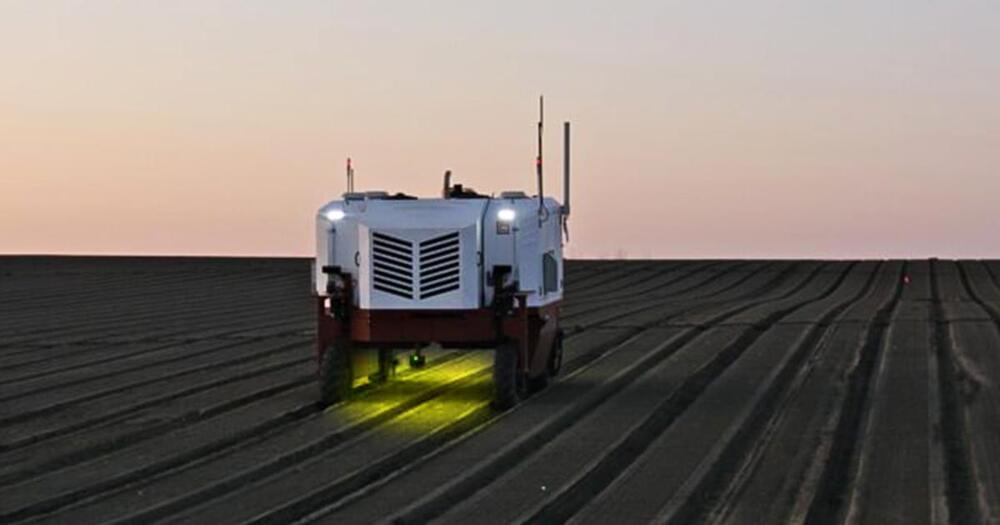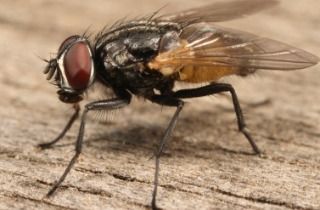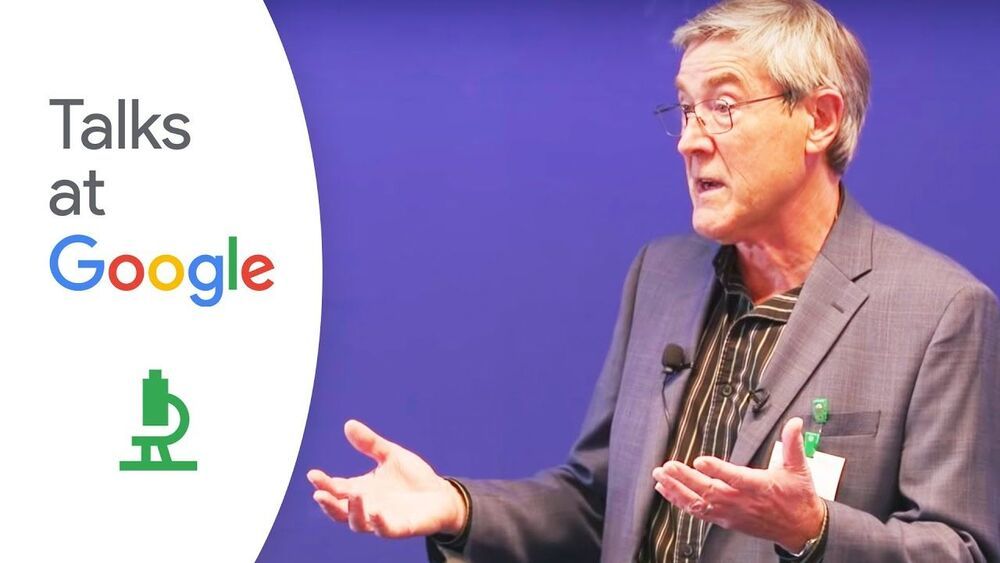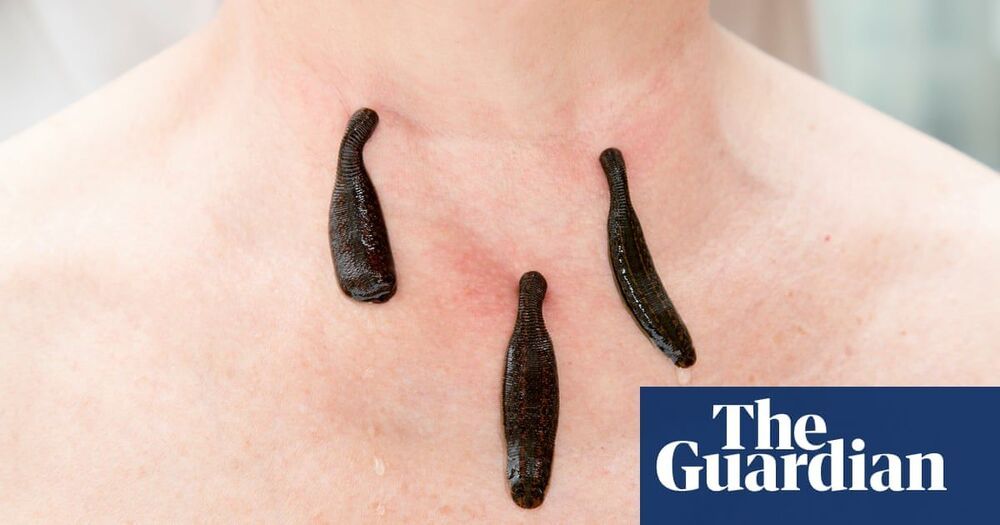Apr 30, 2021
Katherine Sizov — Strella Biotech — Bio-Sensing To Reduce Food Waste And Optimize Supply Chains
Posted by Ira S. Pastor in categories: biotech/medical, chemistry, engineering, food
Novel bio-sensing technologies to reduce food waste and optimize supply chains — a US$1 trillion need — katherine sizov — founder, strella biotechnology.
An estimated 40% of all global produce is wasted due to spoilage that occurs before it ever reaches consumers’ grocery bags. And this loss, not only represents loss due to quality or ripeness standards that consumers desire, but also a significant impact on global emissions and fresh water supplies that it took to produce and transport that produce, representing a combined figure of US$1 Trillion annually.
